The Hidden Cost of Poor Sales Conversations (And How to Fix Them)
Conversations Are Costing You Business
Bad sales conversations cost businesses revenue, trust, and opportunities. Learn how to fix them with better communication strategies.

How Poor Sales Conversations Are Costing You Business
Sales conversations can make or break a deal. Yet, many sales professionals unknowingly sabotage their success by failing to engage prospects effectively. Rushed pitches, lack of discovery, and one-sided conversations leave customers feeling unheard and unvalued.
The result? Lost deals, frustrated prospects, and declining revenue.
A bad sales conversation doesn’t just hurt the moment—it has long-term consequences. When prospects disengage, opportunities vanish, customer trust erodes, and referrals become scarce. Instead of building a pipeline of warm leads, sales teams are stuck in a cycle of chasing new prospects without converting them.
So, what’s the real cost of poor sales conversations? And more importantly, how can you fix them? Let’s break it down.
The Financial Impact of Bad Sales Conversations
Every lost deal represents more than just a missed sale—it’s wasted time, effort, and money. Poor sales conversations contribute to:
- Lower Close Rates – Without strong engagement, prospects lose interest and move on to competitors.
- Increased Customer Acquisition Costs (CAC) – When conversations don’t convert, sales teams have to work harder (and spend more) to replace lost opportunities.
- Discounting and Revenue Loss – When sales reps fail to uncover real needs, price becomes the only selling point, leading to unnecessary discounts.
Consider this: if improving sales conversations could increase your close rate by just 5-10%, how much more revenue could your company generate? The cost of bad conversations isn’t just theoretical—it’s measurable, and it’s hurting your bottom line.
Why Sales Conversations Go Wrong
Most bad sales conversations share common mistakes. Recognizing and addressing these pitfalls is the first step toward improvement.
1. Talking Too Much, Listening Too Little
Many sales reps dominate conversations, focusing on their product instead of the prospect’s challenges. Customers don’t want a sales pitch—they want a solution. When salespeople fail to ask the right questions, they miss key insights that could drive the deal forward.
2. Rushing Through Discovery
Discovery is the foundation of a great sales conversation, yet many reps treat it as a formality. Skipping deep discovery leads to surface-level understanding, which weakens your ability to position a real solution. Without understanding the customer’s real pain points, you’re just guessing at what they need.
3. Lack of Personalization
Every prospect is different, yet many sales conversations sound exactly the same. Using a generic pitch without tailoring the discussion to the prospect’s unique situation creates disengagement. People buy from those who understand their business, not those who recite scripted sales presentations.
How to Fix Bad Sales Conversations with Better Communication
Improving sales conversations isn’t about perfecting your pitch—it’s about learning to communicate in a way that builds trust, uncovers needs, and guides prospects toward the right solution.
1. Lead with Curiosity
Instead of talking first, start by asking open-ended questions that encourage prospects to share. The more you understand their business, the more valuable your solution becomes. Try questions like:
- “What’s the biggest challenge your team is facing right now?”
- “What has prevented you from solving this problem before?”
- “What would success look like for you?”
2. Master the Art of Active Listening
Great salespeople don’t just hear—they listen. Repeat, reframe, and clarify what prospects say to ensure you fully understand their concerns. This not only helps build rapport but also demonstrates that you’re invested in their success.
3. Align Your Solution to Their Needs
Once you’ve uncovered real pain points, position your solution as the answer. Frame your value in their language, not yours. Instead of saying, “Our product has X feature,” say, “This feature helps you solve [their specific challenge].”
Transforming your sales conversations takes practice, but once you make the shift, you’ll notice immediate improvements in engagement, trust, and close rates.
Ready to Transform Your Sales Conversations?
The cost of bad sales conversations is too high to ignore. Lost deals, frustrated prospects, and wasted time all stem from poor communication. But the good news? You can fix it.
At Third Language, we help sales teams master the art of effective sales conversations with the B.R.I.G.H.T.T.™ Framework —a structured approach to asking better questions, uncovering needs, and closing more deals.
Contact Information
Phone: (843) 793-8884
Email: hello@third-language.com
Address: Mount Pleasant, South Carolina

Join Our Email List
Contact Us
We will get back to you as soon as possible.
Please try again later.
© Copyright 2025 All Rights Reserved Third Language
We use cookies to ensure that we give you the best experience on our website. To learn more, go to the Privacy Page.


